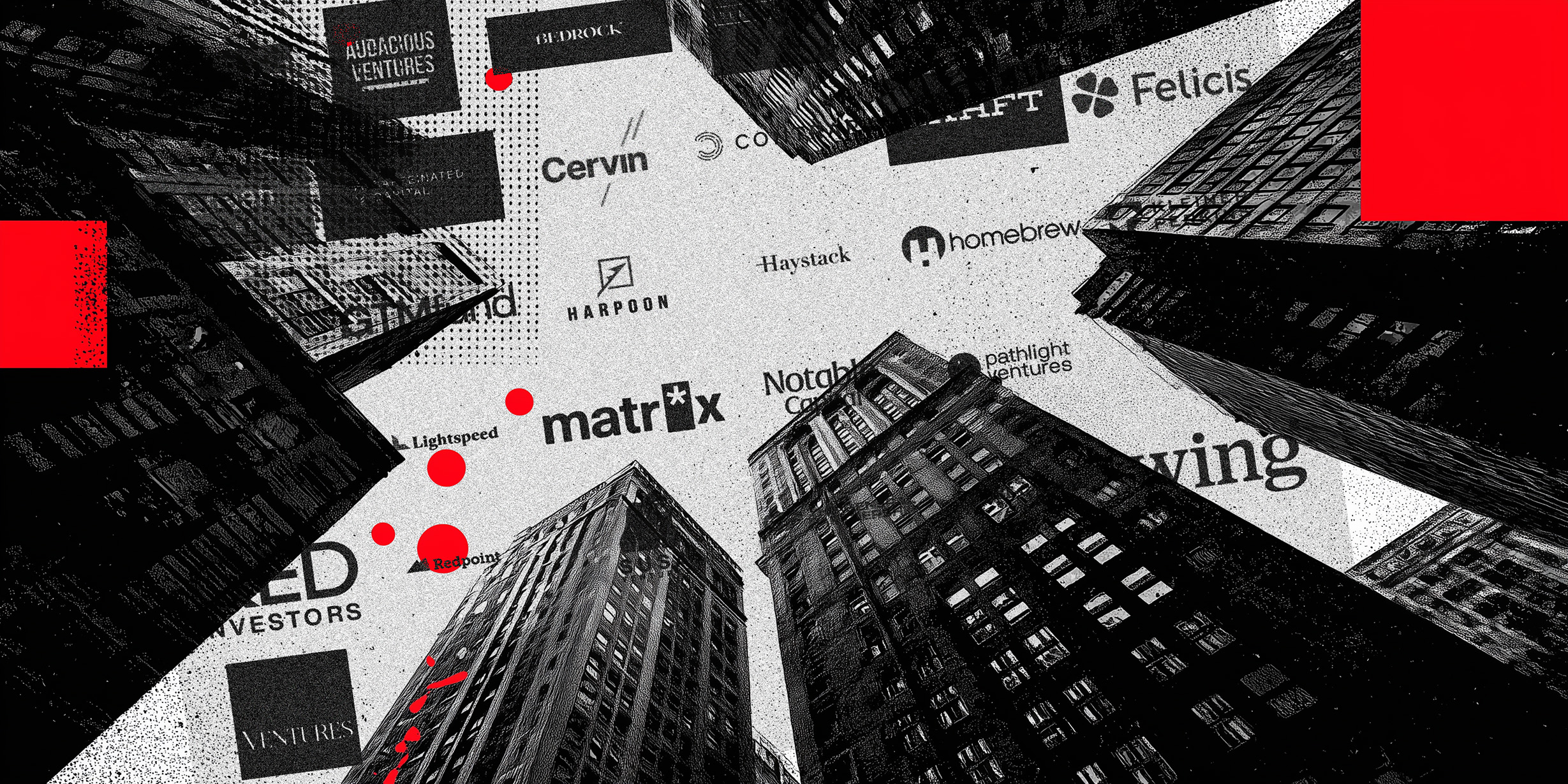When most startup founders think about branding, they picture logos, fonts, or color palettes. For technical founders especially, branding often feels secondary to product development, fundraising, or customer acquisition. But branding is far more than visual design. It is the foundation of how your company is perceived by customers, investors, and the market at large.
In the competitive startup landscape of 2025, branding is not just “nice to have.” It directly influences growth, trust, and funding outcomes. A strong identity makes your startup more credible, easier to remember, and more attractive to investors and customers. In short, branding delivers measurable ROI.
Why Branding Matters for Startups
Startups operate in environments where they need to win trust quickly. With limited resources, they must stand out against established players and other fast-moving competitors. Branding gives startups the ability to:
- Build credibility early: A professional identity reassures customers and investors that your company is serious and trustworthy.
- Differentiate in crowded markets: Competing on product features alone is risky. Branding provides positioning that competitors cannot copy.
- Support growth milestones: Whether it is a funding round, a product launch, or entering a new market, branding gives startups a story investors and customers can rally behind.
Without a clear and consistent brand, even the best product can struggle to gain traction.
The ROI of Branding in Numbers
Branding as a Growth Lever
Branding is more than awareness. It directly improves performance metrics. Consistent branding across channels increases recognition by up to 80%. Strong brands lower customer acquisition costs (CAC) because prospects are more likely to convert when they recognize and trust your company.
For example, a startup with a polished brand and clear messaging can shorten its sales cycle compared to one with inconsistent design and unclear positioning.
Branding as a Trust Builder
Trust is the currency of startups. Customers take risks when buying from a young company. Investors take risks when writing early checks. A well-crafted brand identity — from a professional website to clear messaging — signals stability and reduces perceived risk.
The result: faster deal closures, stronger partnerships, and a higher likelihood of repeat business.
Branding as a Funding Catalyst
Investors often say they “invest in teams, not just products.” Branding shapes how the team is perceived. A strong identity signals vision, professionalism, and the ability to execute at scale.
When you pitch with a cohesive deck, a clear narrative, and a consistent visual identity, you are not just sharing numbers. You are demonstrating that your company can evolve into a recognizable brand — something investors recognize as driving long-term value.
Common Branding Mistakes Startups Make
Despite the clear ROI, many startups still fall into traps:
- Treating branding as an afterthought: Many founders delay branding until after launch, missing early opportunities to build recognition.
- Investing in design without strategy: A flashy logo cannot compensate for unclear positioning. Brand strategy must come first.
- Inconsistency across channels: Pitch decks, websites, and product interfaces often look disconnected, weakening trust.
- Overcomplicating identity: Branding should clarify, not confuse. Complex or inconsistent messages make it harder for customers and investors to understand your value.
Avoiding these mistakes can save time, money, and credibility.
How to Build a Startup Brand That Delivers ROI
Define Your Brand Positioning
Every strong brand starts with clarity. Who are you serving? What problem do you solve? How are you different? Positioning defines the foundation for all communication.
For startups, this means creating a simple value proposition that resonates with your target audience and aligns with your product vision.
Align Brand With Product and Market Strategy
Branding should reinforce your go-to-market strategy, not sit apart from it. If your product targets enterprise clients, your branding should signal professionalism and reliability. If you are building for early adopters, your brand can afford to be bolder and more experimental.
Build Visual and Verbal Consistency
A strong identity combines how you look and how you sound. Consistency across website design, pitch decks, product UI, and messaging ensures customers and investors experience the same story at every touchpoint.
For startups, even small details matter. A mismatched deck or sloppy website can signal chaos. A consistent identity signals focus and credibility.
Use Branding as a Sales and Fundraising Tool
Branding is not just marketing. It is a tool that helps shorten sales cycles and make fundraising more effective. A strong pitch deck backed by a clear narrative and polished visuals makes it easier for investors to trust your story. For sales teams, a recognizable brand reduces friction when approaching prospects.
Measuring the ROI of Branding
Branding ROI is not abstract. It shows up in key metrics that matter to founders:
- Lower Customer Acquisition Cost (CAC): Strong brands require less convincing, resulting in reduced marketing spend.
- Higher Customer Lifetime Value (LTV): Customers who trust your brand are more likely to stay loyal.
- Faster Sales Cycles: Trust reduces the time between first contact and closing.
- Investor Interest: A professional identity increases inbound interest from VCs and accelerates the due diligence process.
- Employer Brand: Strong branding also helps attract top talent, a critical factor for scaling startups.
By tracking these indicators, founders can connect branding investments directly to business outcomes.
What Founders Should Do Next
- Audit your current brand. Review your website, pitch deck, and messaging for consistency and clarity.
- Identify gaps. Ask: Does our brand align with our product positioning and target audience?
- Prioritize consistency. Align decks, product interfaces, and communications under a single brand identity.
- Invest before milestones. Revisit branding before fundraising, new product launches, or entering new markets.
- Get expert support. Consider working with branding professionals who understand startups and ROI-driven identity building.
Summary
Branding is not an expense. It is an investment that drives growth, builds trust, and accelerates funding. For startups competing in fast-moving markets, a strong identity can be the difference between being overlooked and being chosen.
Founders who treat branding strategically position themselves to scale faster, attract the right investors, and inspire confidence across customers, partners, and employees.
In 2025, branding is no longer optional. It is one of the clearest growth levers available to startups.
FAQ: Branding ROI for Startups
Why is branding important for startups?
Branding builds credibility, differentiates your company from competitors, and makes it easier to attract customers, investors, and talent.
How does branding impact funding success?
Strong branding signals professionalism and vision, giving investors confidence that your team can build a scalable company.
How can startups measure the ROI of branding?
Track reduced customer acquisition costs, higher lifetime value, faster sales cycles, and increased investor or media interest.
What are common branding mistakes startups make?
Delaying branding, focusing only on design without strategy, inconsistency across channels, and overcomplicating brand identity.
When should startups invest in branding?
From the beginning if possible, but especially before key milestones like fundraising, new market entry, or major product launches.


